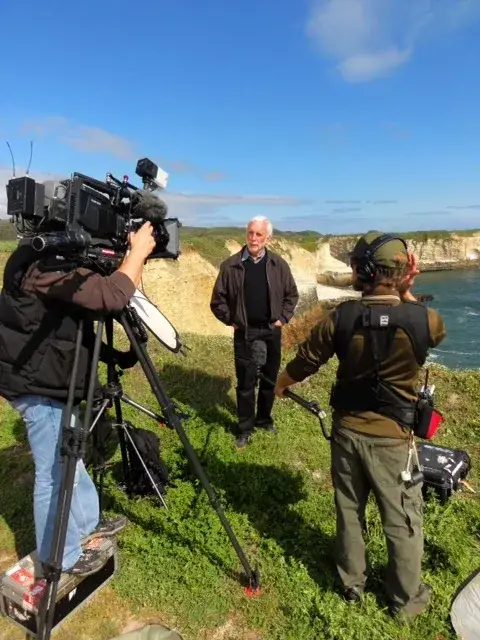
Message
- 90% of what you say will be forgotten.
- Allow your passion for the subject to show.
- Think about the two or, at most, three main points you want to get across to create a distilled message.
- Prepare what this message should be and practice it (but do not sound “rehearsed.”)
- Bridging phrases include: “there is a more important issue here,” or “one thing your listeners might be interested in is …” or “the real question is …” or “the piece that gets me really excited is …”
- PRACTICE out loud to make sure you are able to stay relaxed and describe your research in short, meaningful, colorful, conversational sentences that show the human impact of your work.
What to wear
- Think about the image you want to convey (professional yet accessible). For example, at a summer science camp, a suit would look inappropriate.
- All black looks harsh on TV.
- All white makes the camera lens contract and darkens your face, so if you are wearing a white shirt, put a vest or jacket on top.
- Browns, taupes and greys can make you looked washed out.
- Blues and jewel tones work well. Red is good.
- Avoid wearing anything with a lot of pattern – you do not want to distract the viewer from what you are saying (for the same reason, lapel pins can be distracting).